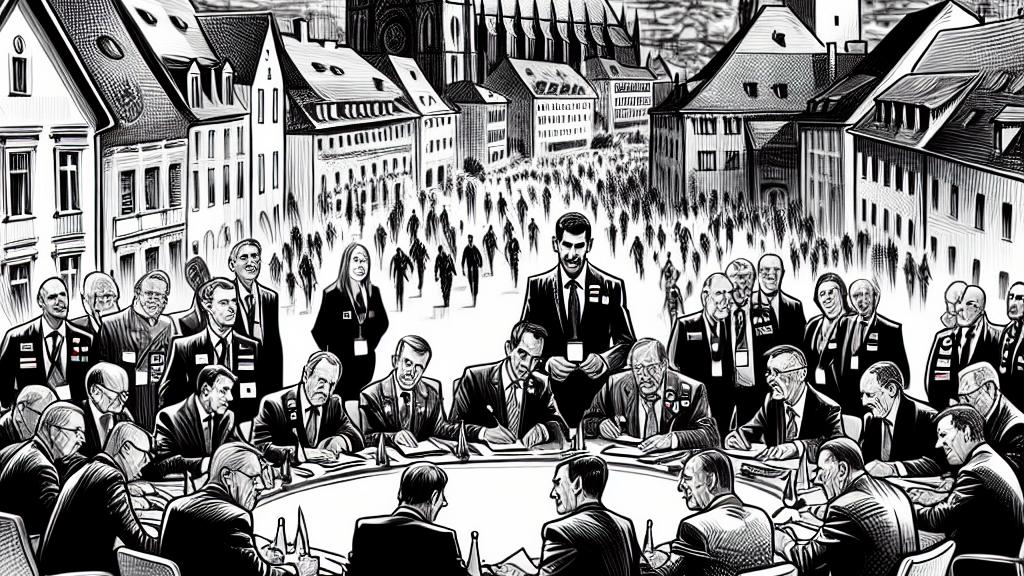NATO Leaders Encourage Europe to Focus on Solutions for Defense Spending
Overview
- NATO's Secretary General calls on European nations to take action instead of complaining.
- Plans for new defense spending targets will be discussed at the upcoming June summit.
- Increased military expenditure marks a significant shift in NATO's focus.

Taking Action Over Complaints
During the recent Munich Security Conference, NATO Secretary General Mark Rutte issued a direct and powerful challenge to European member states. He urged them to stop their persistent complaining and instead embrace a proactive stance in presenting meaningful solutions. Rutte’s clarion call was not just a request; it was an urgent plea for action, especially with NATO’s upcoming summit in June in The Hague on the horizon. Given the current urgent geopolitical climate, particularly the threats posed by Russia, this moment represents a critical opportunity for a united front.
Increased Military Spending as a Response
Rutte's remarks highlight a massive transformation in NATO's military spending landscape. Following Russia’s invasion of Ukraine in 2022, member states have dramatically increased their defense budgets. For instance, Poland stands out, now allocating over 4.1% of its GDP to defense, a figure that exemplifies a seismic shift in commitment. In contrast to just six countries reaching the 2% GDP target in 2018, by 2024, an impressive 23 nations have met this benchmark. This financial commitment underscores how external threats can galvanize nations to fortify their defenses, turning once-abstract promises into concrete reality.
The Need for Unified Commitment
Moreover, unity within NATO has never been more vital. U.S. Senator Lindsey Graham pointedly noted that the provocations from leaders like Vladimir Putin have highlighted the need for NATO members to collectively share responsibility for their defense. It’s not just about individual nations stepping up; all member states must actively contribute to the agreed-upon spending targets to send a strong message of solidarity. By fortifying their collective efforts, NATO can project strength and determination in face of adversity, proving to adversaries that they stand united.
Moving Beyond Just Spending
However, merely increasing military budgets will not suffice unless those funds translate into strategic effectiveness. Rutte’s remarks highlight a significant point: NATO countries must ensure that their expenditures yield tangible improvements in combat capabilities and overall preparedness. Instead of squandering funds on less impactful areas, imagine the potential of investments in advanced military technology, innovative training protocols, and robust logistical frameworks. Such targeted allocations could enhance NATO’s agility in responding to threats. Thus, achieving a smart balance between escalating spending and ensuring those resources are utilized effectively is paramount for the alliance's future success.

Loading...